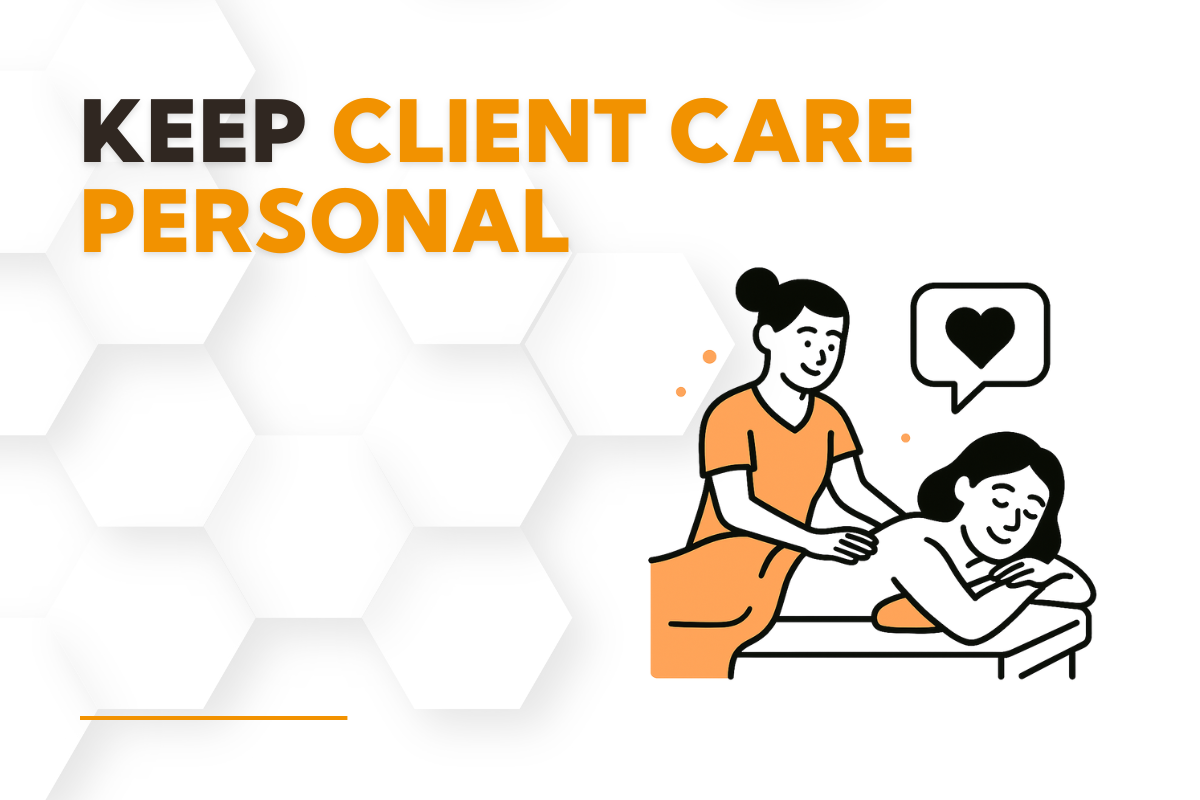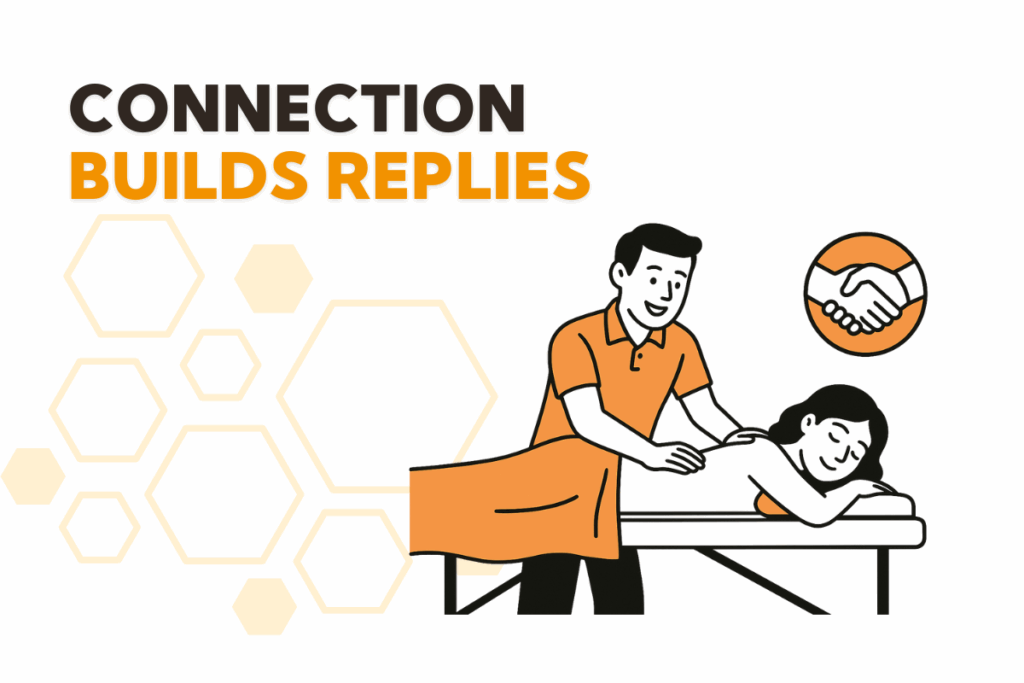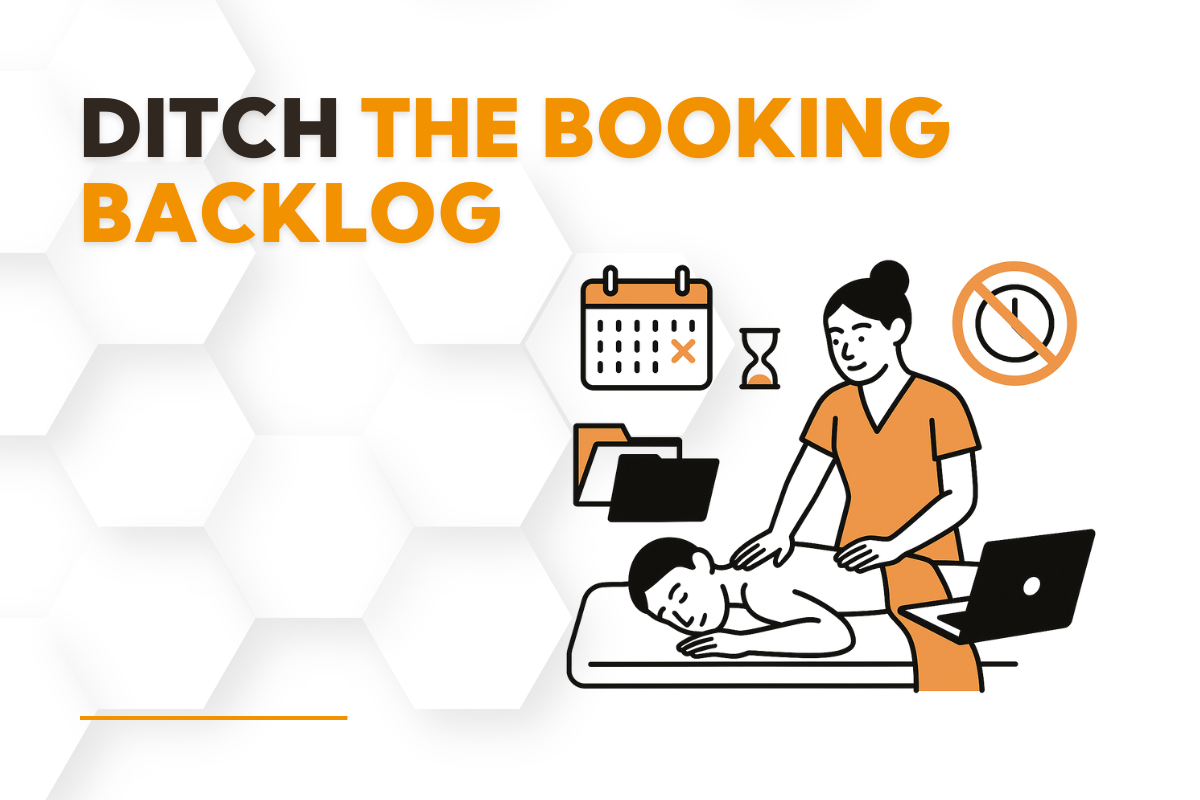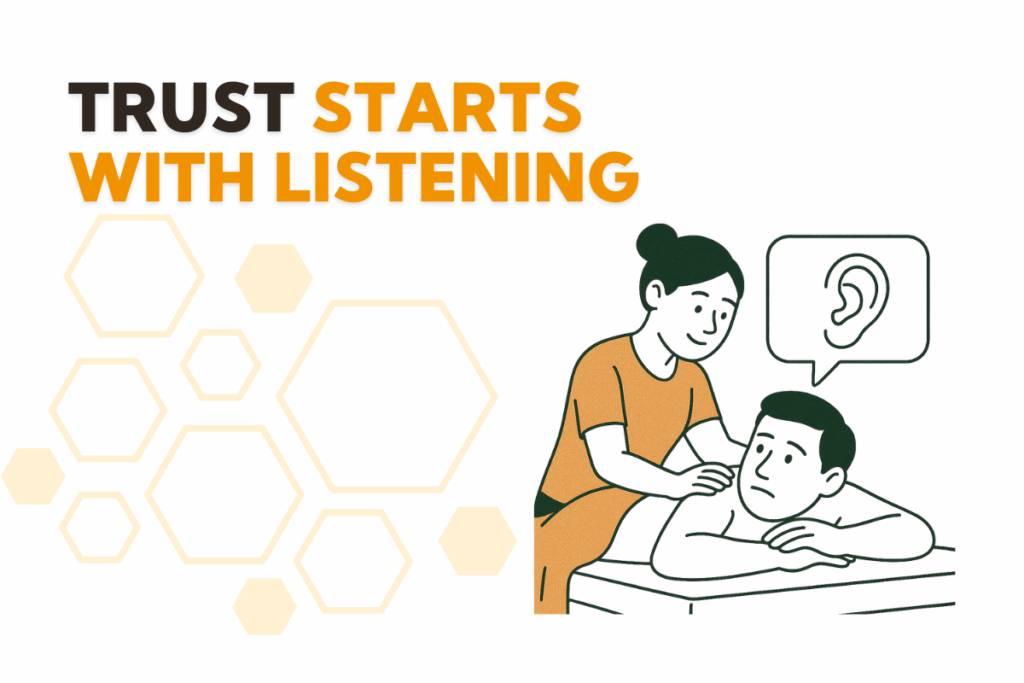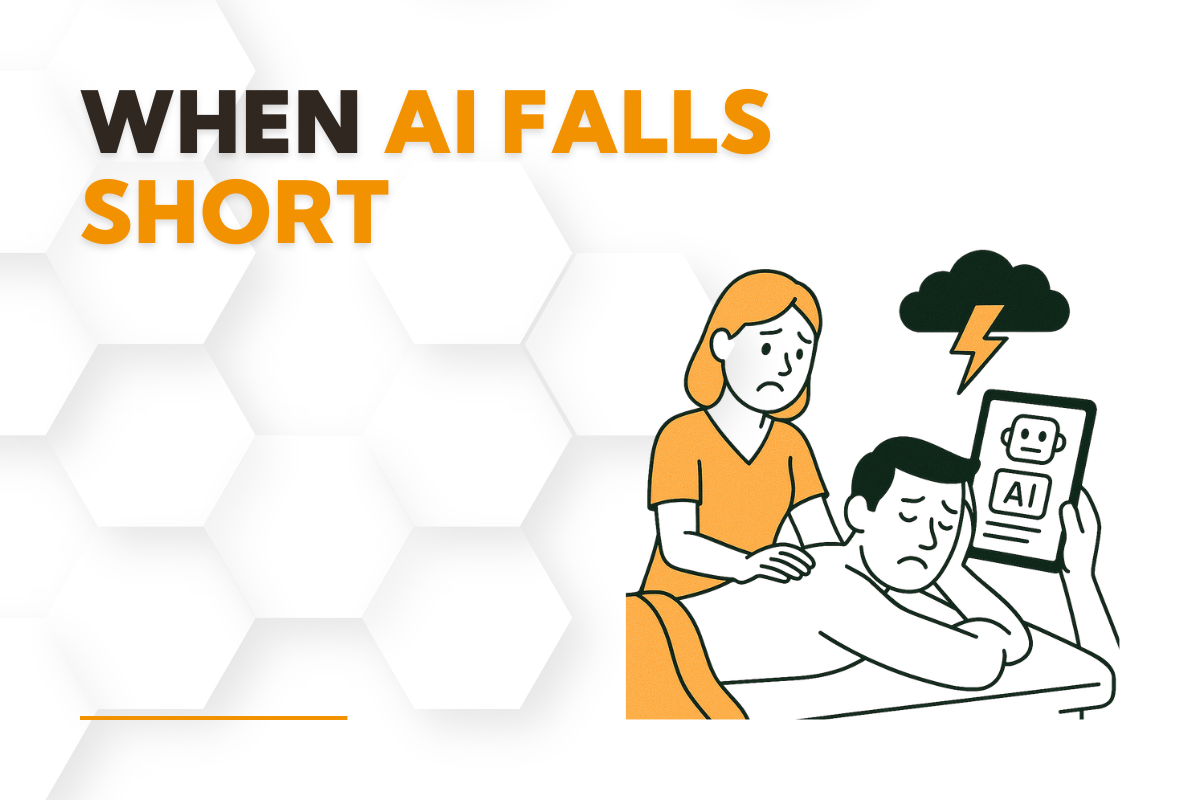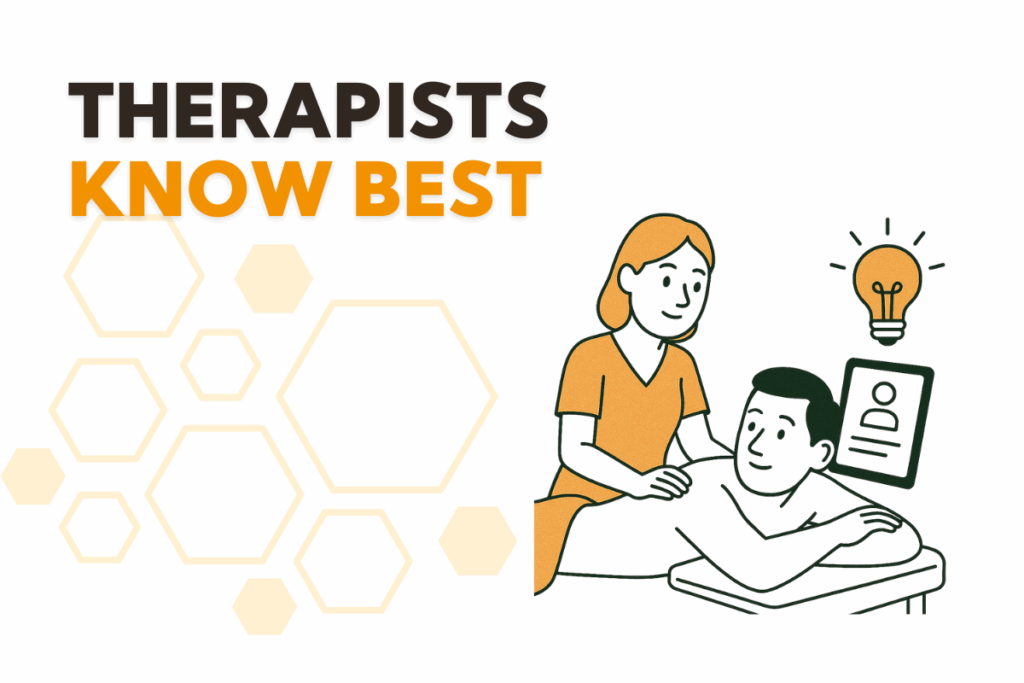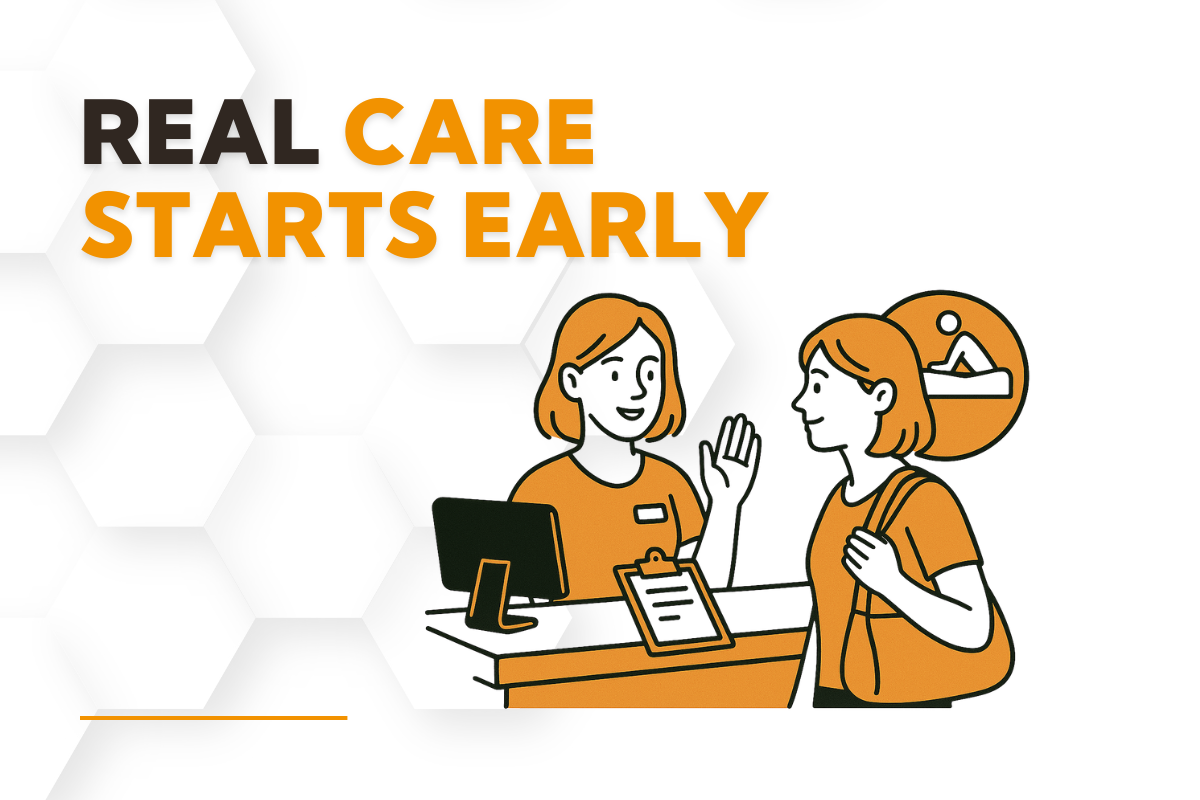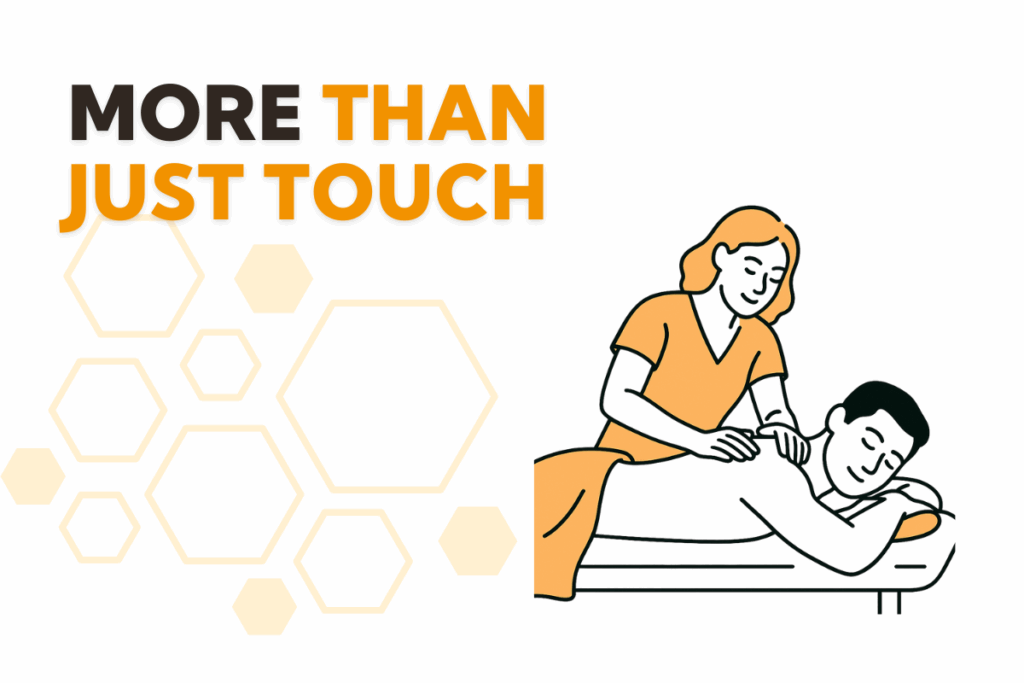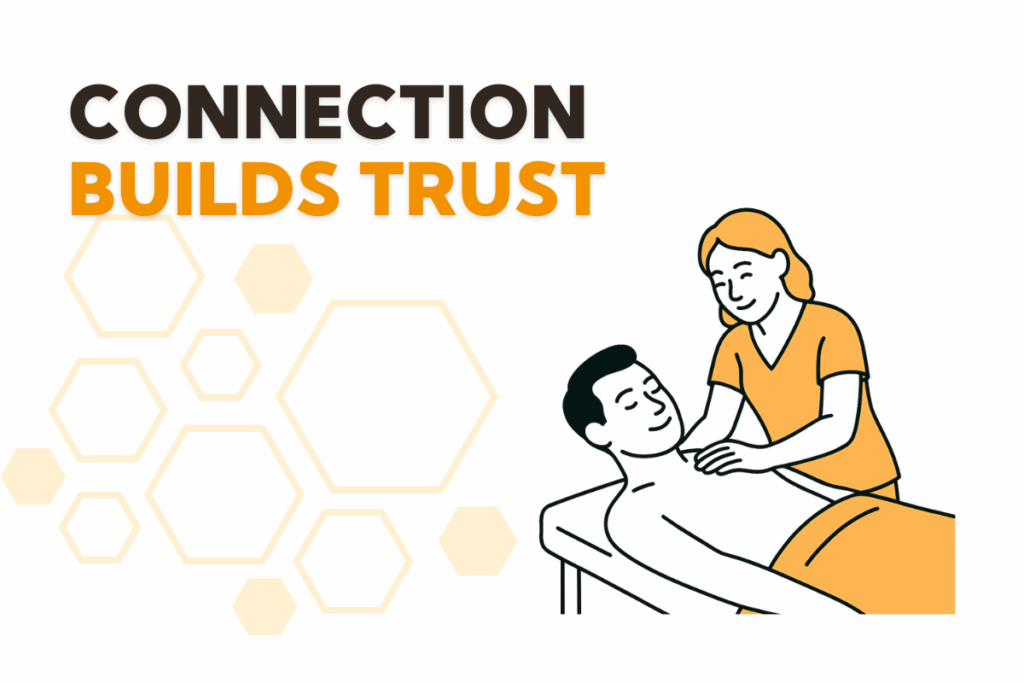Authentic client messaging is the fastest way to earn trust, fill your schedule, and reduce no-shows. When authentic client messaging slips into a templated tone, clients wait to reply, skip forms, and treat your clinic like another task instead of a trusted place.
The quiet cost when authentic client messaging goes cold
What owners notice first
Shorter replies, more clarifications, and a small uptick in no-shows. A few percentage points can erase a full therapist day each month.
Why this shows up in real clinics
Clients compare your words to how you spoke in the room. When messages feel generic, they protect their time by waiting. Your goal is to keep pace and keep the person.
A quick clinic math check
If you handle 120 bookings monthly and confirmations slip from 92 percent to 86 percent, that is seven lost sessions. At $95 each, you forfeit $665 now and future rebooks tied to those clients.
How clients read authentic client messaging
Digital body language
Timing, structure, and phrasing act like posture. A perfectly formatted paragraph sent at the same minute every time signals no person touched this.
Tone that matches the table
You were warm and curious in person. The follow-up reads like policy. Trust wobbles, and action gets delayed.
Context lines that move people
“Please complete your intake” is precise but not persuasive. “Jot what hurts most during your workday so we can target it faster” invites action.
Principles for authentic client messaging people trust
Patient-centered, therapist-informed
Name their goal, mirror their words, offer one next step. That simple loop improves satisfaction and follow-through.
Trauma-informed basics for every touchpoint
Signal safety, offer choice, keep transparent boundaries, and collaborate on the plan. These habits reduce anxiety and help clients act.
Plain language keeps authentic client messaging clear
Short sentences. Everyday words. One action per message. For a helpful reference, see the CDC’s Plain Language guidance: https://www.cdc.gov/health-literacy/php/develop-materials/guidance-standards.html.

What actually lifts replies and attendance
Timing that respects the day
Aim for a 24 to 48 hour reminder plus a same-day check. Send when clients can realistically respond, not just when your system is free.
One-minute personalization steps
- Add one remembered detail
- Name the body part or goal
- Offer a choice they can accept with a short reply
- Close with a clear, easy question
Smart tools that support the human voice
Make it effortless to act the moment the message lands. Offer online appointment scheduling and back it up with automated email text reminders so timely prompts reinforce your human tone.
Team ritual to protect authentic client messaging
A seven-line voice guide everyone can follow
Write how you speak. Keep sentences short. Name the body part and plan. Use curiosity over commands. Thank effort, not just bookings. State boundaries with a reason. End with one clear next step.
Run a monthly voice check
Pick your two most-sent messages. Read them out loud as a team. Replace one sentence with a line only your clinic would write. Keep versions that earn more replies.
Metrics that matter
Track what changes, not just what sends
Watch time to first reply, confirmation rate, rebooking inside 14 days, client-initiated updates, and late-cancel rate. If a warmer tone improves a metric, keep it. If a polished template performs worse, retire it without blame.

Bringing the warmth back to your day
Clients come back for how you make them feel. When your words sound like a real person who remembers their goals, people reply faster, confirm sooner, and trust you with the next step in their care. Start small. Pick one message, add one human line, and watch what changes. This is authentic client messaging in practice.
FAQs
Professional means clear, kind, and specific about the plan. If your message names their goal and the next step, a friendly tone helps clients act.
Keep it brief and offer a choice. Example: “We are set for Tue 3:00. Want a same-day tip for low back relief? Reply YES.”
Use a one-page voice guide and build a one-minute personalization habit into your workflow. Save and reuse the versions that earn more replies.
Yes. Timely reminders help people remember and attend appointments. Pair them with clear, plain language and a simple action to take.






